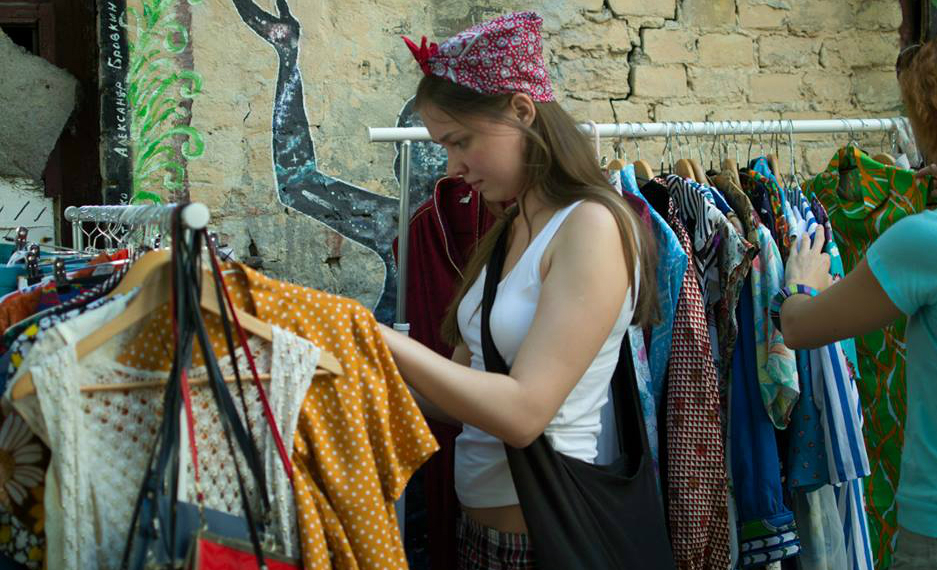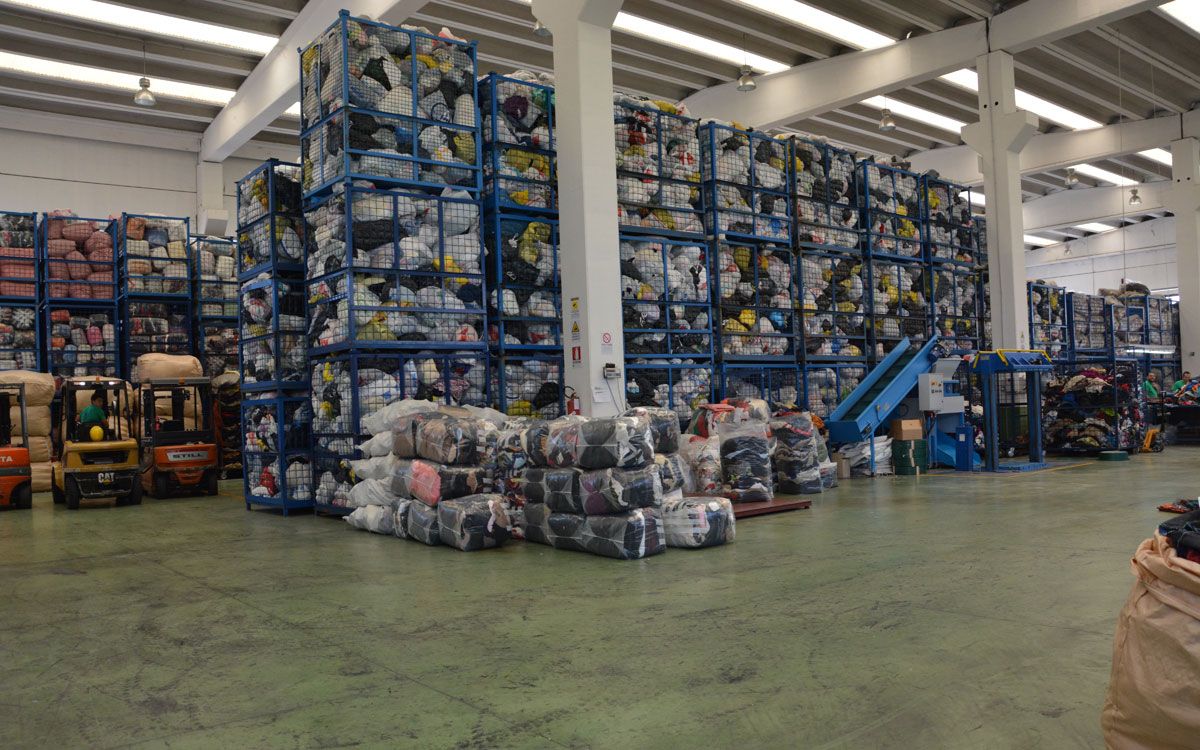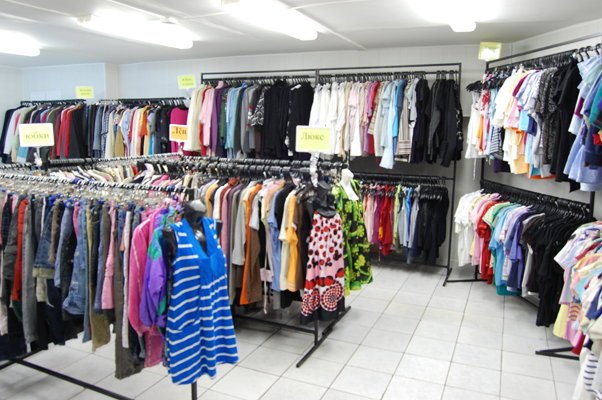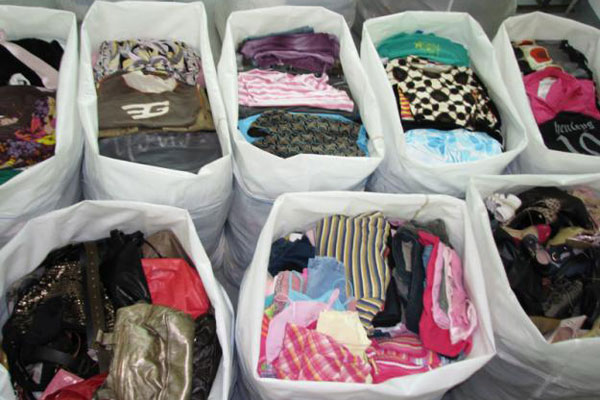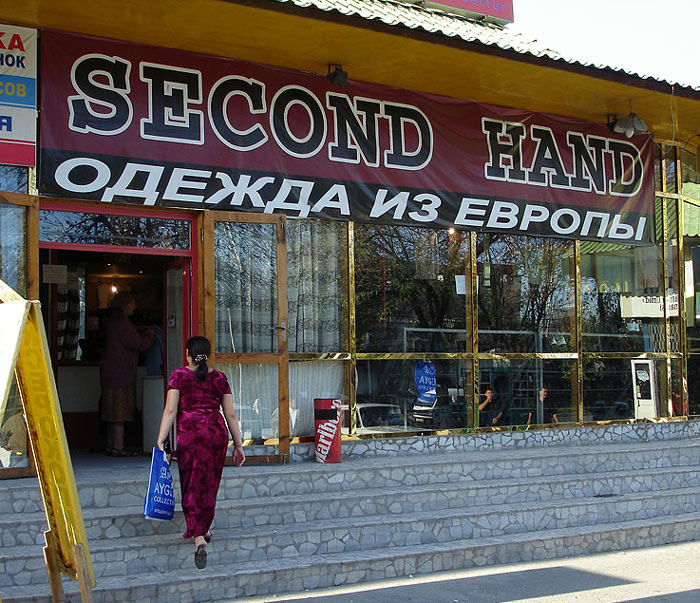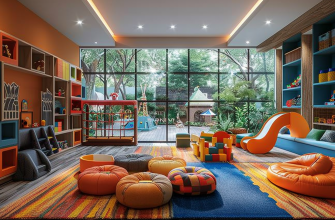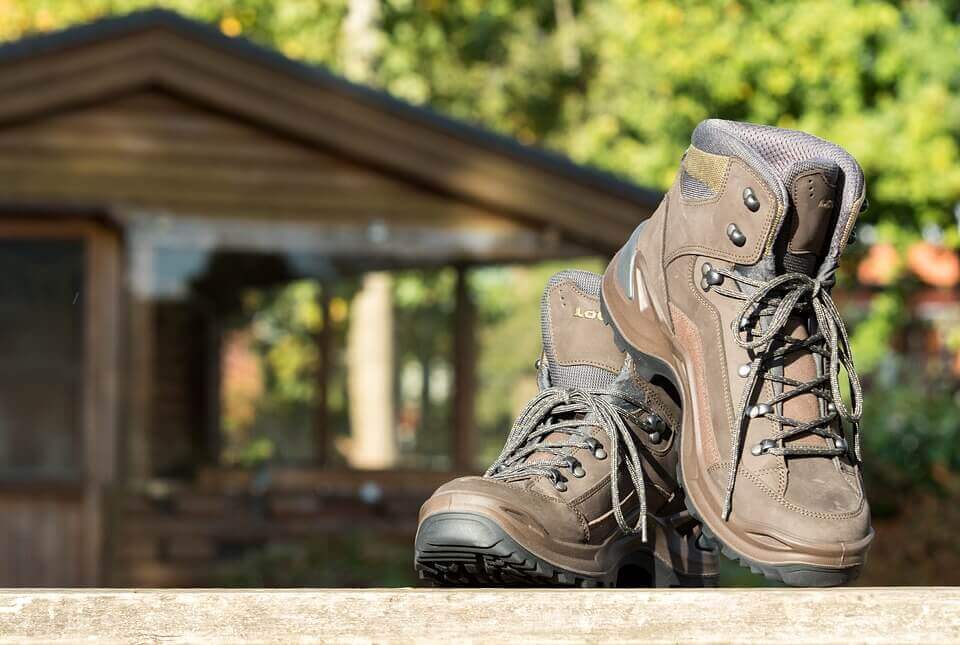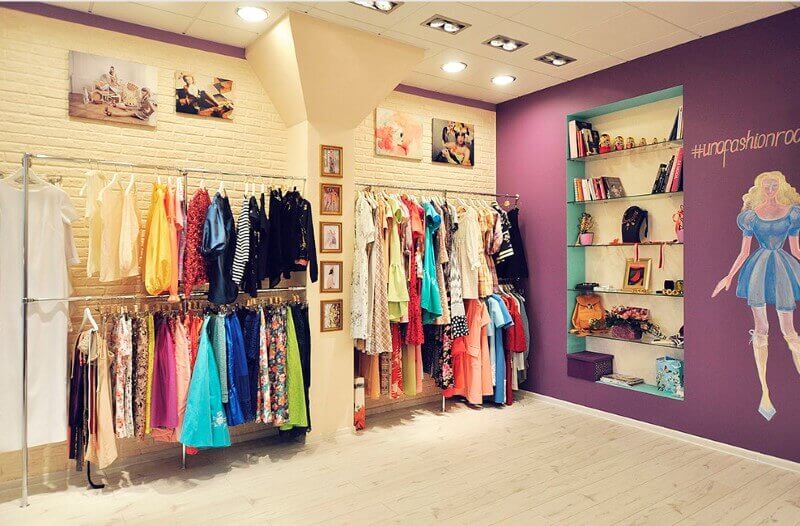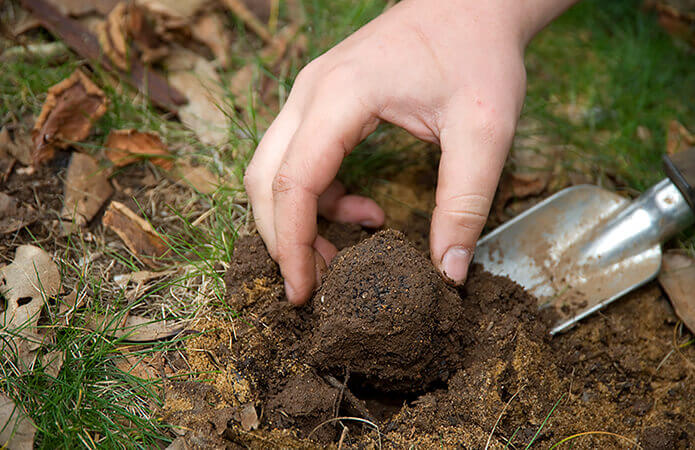Not everyone can afford to regularly update their closet, because new quality clothes are expensive. Some people solve this problem by buying clothes in second hand stores. Such stores are designed not only for buyers with limited financial resources, but also for those who want to buy clothes of famous brands without overpaying. Therefore, second hand shops are relevant for customers from different walks of life. Below we will tell you how to open a second hand shop from scratch, what documents are needed for this, where to find suppliers and how to bring the business to payback.
Business Features
Goods in second hand shops are often sold and purchased by weight. Most often these clothes are in large sacks, and the items in these sacks can be of varying quality.
Another option is to hang clothes on hangers and set a price for each item. If the goods are of high quality, it is more profitable to do exactly that - to demonstrate the goods and get the best price for them.
You can position your store not only as a second hand store, but also as a stock center, where new discounted goods from Europe, America, Canada are sold. This will allow you to attract a more solvent audience.
Second hand is different from thrift store The second hand shops buy goods directly from wholesale suppliers, in large batches and usually by weight. Second hand shops buy goods directly from wholesale suppliers, in large batches and usually by weight.
You can secondhand to open in the metropolis and in the small. city. This business does not have a clearly defined seasonality, but sales may drop slightly in the summer.
Business registration
To formalize this business, all you need to do is start a sole proprietorship. Registration is carried out within a week, the state duty is 1000 roubles. If there are several founders and you are planning a chain of stores, it is better to register an LLC at once.
OKVED code for business registration - OKVED 52.50 - Retail sale of used goods in stores. Additional code - 52.48 - Other retail trade in specialized stores.
After registration, it is necessary to choose a form of taxation (we recommend the simplified system - UTII or USN Income). It is also necessary to obtain authorization from the Sanitary and Epidemiological Service and the fire inspectorate. It is obligatory to obtain a certificate from the Sanitary and Epidemiological Service. As a rule, this certificate is issued by the supplier, and it is valid for three years. Obtain other licenses and certificates for opening a second hand shop is not required.
Second hand room
Open a second hand shop is best in a room of 40-50 square meters. This is enough to accommodate a large enough assortment and not go broke on rent.
It is not necessary to locate a second hand shop in the city center, but it is desirable to find a place with good traffic and transport accessibility - even if it is located in the bedroom district.
You will also need a small room as a storage area. Bags of clothes should not be in the sales area.
Pay special attention to the hygiene of the room. It is necessary to do regular wet cleaning, wiping the dust and airing it to get rid of the specific smell of things that are not new.
It is not a good idea to call the store simply "second hand". Some people are prejudiced by such a name. Come up with an original name and mention that it is about clothes from Europe. Read useful tips on business name.
We draw your attention to the fact that opening a second hand store next to grocery stores is prohibited by sanitary norms, so take this nuance into account before you organize the business. Undesirable neighborhood with direct competitors - other second hand stores and commission stores.
Be sure to sort your merchandise by creating multiple departments. Create a men's, women's, and children's section with clothing in the appropriate categories.
Suppliers
For second hand clothing, it is very important to find trusted suppliers. There are special firms which sell clothes from Europe. Although the goods are more expensive here, it is much easier to sell such things.
Another option is to buy new but outdated clothes of famous brands from unsold collections. This will help to attract more young people to your store.
If you know a foreign language and already have experience of working with foreign companies, you can try to buy goods for second hand directly from factories in Europe. To do this, you need to find a suitable company and agree on cooperation. In this case, you will be able to buy goods at the lowest price, but you will also have to pay for shipping, and the first batches may have to be accompanied personally.
Staff selection
To open a small second hand from scratch, two people will be enough. In the future, the staff can be expanded. Second hand sellers should be kind, friendly, sociable. It is desirable that they have experience in selling clothes, so that they understand the models and size range and can help customers with the choice.
You'll also need a cleaning lady and an accountant, but you don't have to hire them.
Secondhand advertising
To make people aware of your store, you need advertising. To do this, first of all, you need to order a bright and attractive signboard:
- handing out flyers and pamphlets,
- order publications in the local media,
- to publicize the store on local Internet portals,
- band social networks,
- think through a system of promotions, bonuses and discounts.
Advertising the best items, reviews, and news about upcoming clothing arrivals will attract new customers on social media will attract customers and will be a good source of information for a regular audience.
Financial calculations. Investments and payback of a second hand shop
To estimate the initial capital investment and calculate the profitability of the store, be sure to make a business plan with calculations.
A rough list of startup costs looks like this:
You will have to spend on average about 30,000 roubles on renting a small premises - the exact amount depends on the city, area and location. Equipment (computer, table, chairs, fitting rooms and hangers) will cost at least another 50 thousand roubles. Staff salaries - at least 25 thousand for each salesperson.
On the first batch of goods will have to spend from 200 thousand rubles (but you can and less, it all depends on the budget). The rest of the costs - registration of a sole proprietorship, advertising and so on will cost up to 50,000 roubles.
Thus, you can open a second hand shop with an initial investment of no more than 500 thousand rubles. At least 100,000 roubles will be needed each month to pay rent, staff salaries, utility bills and taxes.
With an average check of 300 rubles and 20 customers a day revenue will be 180 000 a month, and net profit - 80-90 thousand. In this case, the business will pay for itself in six months. All calculations are approximate: you need to make your business plan. The real figures for profit and payback may differ from those given above.
Some of the secrets of success you can also learn, by watching the video:
As you can see, second hand is a pretty simple and profitable business. We hope that this article helped you to understand the details and make a decision.
It will be interesting to read:
- How to open a children's clothing store
- Opening a lingerie boutique
- How to open a cosmetics store from scratch

